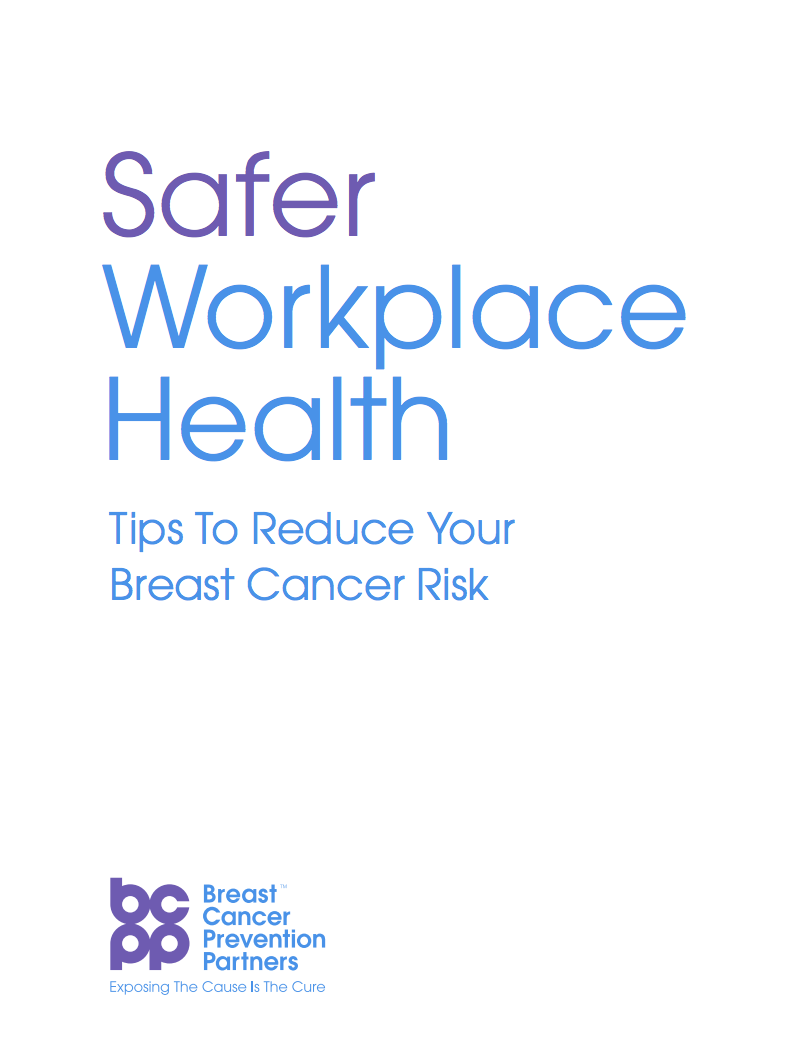Tips for Prevention
Workplace Health Tips
Download our tip card
1. Demand transparency
Different occupations could lead to very different exposures, but everyone from hairdressers to office workers to firefighters to medical professionals will encounter exposures of concern at their workplace. If information about your workplace exposures is not readily available, ask for it.
2. Wear personal protective equipment
Wear personal protective equipment (PPE) as recommended, and make sure it fits well. This is especially true for women working in professions that have been traditionally held by men, since the equipment may not be sized appropriately.
3. Learn about the health hazards of workplace chemicals
ChemHat is a website and phone app that was designed, with workers’ input, to create a user-friendly research tool on the health effects of different chemicals. To learn more about workplace exposures, use this visual tool.
4. Use your power
If you belong to a union or have collective power with fellow employees, advocate for contract language that includes protections from unsafe chemical exposures, and that supports a transition to safer alternatives.
Stay informed on regulations and work with your employer about safe conditions. Some state programs are designed to identify hazardous circumstances and prevent injury and illness on the job (e.g., the California Safe Cosmetics Program , the Hazard Evaluation System and Information Service). Ultimately, the best way to protect workers is to improve laws and regulations and equip state agencies with the authority and resources to enforce them.
FEATURED VIDEO
BCPP: Exposing the Cause is the Cure
We’re preventing breast cancer before it starts by eliminating our exposure to toxic chemicals and radiation.

